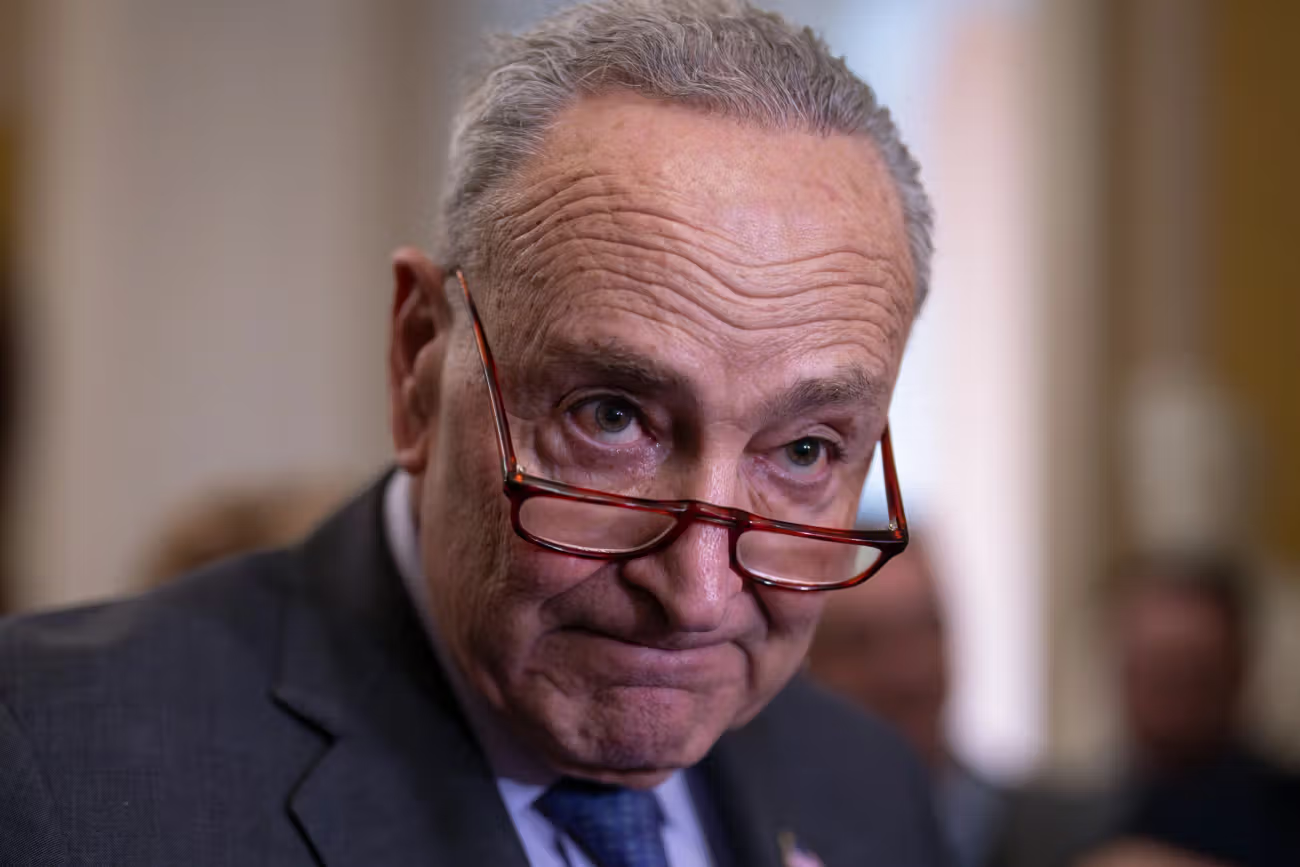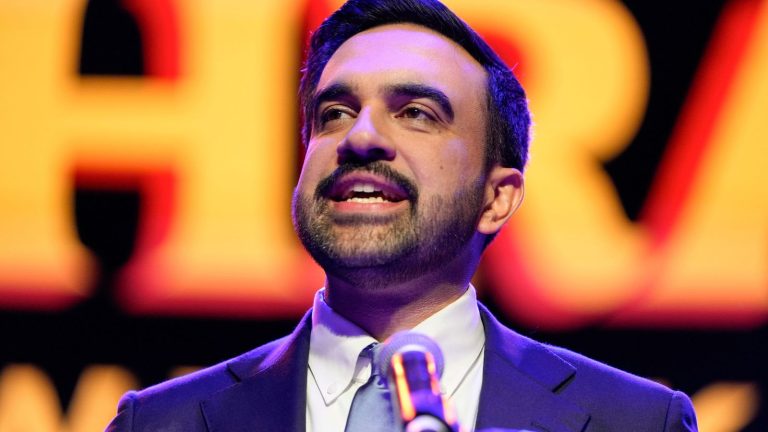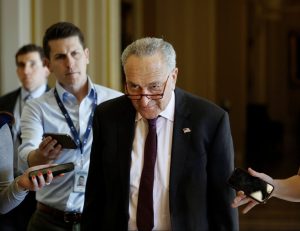Democrats Split as Shutdown Talks Reach Critical Point
The U.S. Senate moved closer to ending a 40-day government shutdown on Sunday night after several Democrats broke ranks with party leadership and voted alongside Republicans to support a bipartisan plan to reopen the government.
The shift marked a major turning point in a standoff that had paralyzed Washington for more than a month, signaling that frustration within the Democratic caucus had reached a breaking point.
Eight Democrats joined Republicans in a key procedural vote to advance a new continuing resolution — the first major step toward restoring federal operations.
Who Broke with Leadership
Among those who sided with Republicans were Senators Angus King (I–Maine), John Fetterman (D–Pa.), Catherine Cortez Masto (D–Nev.), Jeanne Shaheen (D–N.H.), Maggie Hassan (D–N.H.), Jacky Rosen (D–Nev.), Tim Kaine (D–Va.), and Dick Durbin (D–Ill.), the Senate’s second-ranking Democrat.
Their decision to cross the aisle underscored growing divisions within the party and revealed how prolonged gridlock had eroded internal unity.
Senator King explained the reasoning behind the move, saying continued resistance would not achieve Democrats’ policy goals.
“The question was, does the shutdown further the goal of achieving some needed support for the extension of the tax credits?” King said. “Our judgment was that it will not. It would not produce that result. And the evidence for that is almost seven weeks of fruitless attempts to make that happen.”
A Stalemate Over Health Care and Spending
Democratic leaders, including Senate Minority Leader Chuck Schumer, had insisted for weeks that any plan to reopen the government must include a concrete agreement to extend Obamacare subsidies scheduled to expire soon.
However, the compromise reached on Sunday did not contain those provisions. Instead, it offered limited concessions such as guaranteed back pay for furloughed federal workers and the reversal of certain Trump-era dismissals.
Despite those small wins, the omission of health care subsidies represented a significant setback for the party’s progressive wing.
Republicans Declare Victory—For Now
Republicans, led by Senate Majority Leader John Thune (R–S.D.), hailed the vote as evidence that their approach was working. Thune said the bipartisan measure reflected a good-faith effort to restore government operations without conditions that would derail negotiations.
“I have said for weeks to my Democrat friends, I will schedule a vote on their proposal, and I’ve committed to having that vote no later than the second week in December,” Thune stated on the Senate floor.
The continuing resolution, if fully approved, would fund the government through January 30, 2026. Lawmakers hope that extension will give them time to complete the 12 annual appropriations bills and avoid another large omnibus spending package.
Progressives Push Back
The compromise drew fierce criticism from the party’s left flank. Senator Bernie Sanders (I–Vt.) denounced the deal as a capitulation that weakened Democrats’ negotiating power.
“It would be a horrific mistake for Democrats to give up now without an Obamacare deal,” Sanders warned. “If Democrats cave on this issue, what it will say to Donald Trump is that he has a green light to go forward toward authoritarianism. And I think that would be a tragedy for this country.”
Sanders’ remarks reflected growing frustration among progressives who view the shutdown not only as a budget dispute but also as a broader fight over policy priorities.
Schumer Faces Mounting Internal Pressure
For Senate Minority Leader Chuck Schumer, Sunday’s developments marked a challenging moment. Several within his caucus have privately expressed concern that his insistence on a comprehensive health care provision prolonged the shutdown unnecessarily.
Party strategists worry the optics could harm Democrats heading into a contentious 2026 election season. A prolonged government closure, they argue, risks alienating independent voters and federal employees alike.
“Democrats had to show they could govern responsibly,” one former staffer said. “At some point, keeping the shutdown going became harder to defend.”
Inside the Bipartisan Compromise
The Senate’s new plan merges a continuing resolution with three bipartisan spending bills already under negotiation. Those measures aim to stabilize key federal functions, ensure back pay for furloughed employees, and reopen several agencies affected by the closure.
Still, the deal leaves major policy disagreements unresolved. Lawmakers will have to return to the negotiating table in December to address healthcare subsidies, tax credits, and long-term budget reforms.
If the Senate approves the revised bill, it will then move to the House for final consideration. However, passage is not guaranteed — House Democrats may object to the Senate’s version, while hardline conservatives could demand further spending cuts.
Uncertain Path Forward
The shutdown’s official end remains contingent on cooperation between both chambers and the White House. While the Senate appears poised to move forward, the process could stall again if procedural objections arise.
“All it takes is one senator to slow the process,” a senior legislative aide cautioned. “Everyone wants to avoid that, but tensions are high.”
Even if the bill clears Congress, implementation could take several days, delaying pay for federal workers and contractors who have already missed multiple pay periods.
Public Reaction and Political Stakes
Public frustration with the shutdown has grown steadily. Recent polling indicates that most Americans, regardless of party affiliation, blame both sides for the impasse and want lawmakers to reach a compromise quickly.
Political analysts say that the growing discontent may have influenced Senate Democrats’ decision to yield on some of their demands.
“The optics of a 40-day shutdown were becoming untenable,” said political analyst Maria Torres. “It’s a reminder that, in divided government, governing often means accepting less than you want.”
A Test of Leadership and Strategy
For Schumer, the episode highlights the delicate balance between ideological commitment and pragmatic governance. While his stance reflected strong support for Democratic priorities, the loss of key votes within his caucus demonstrated the limits of unity under prolonged pressure.
On the Republican side, Thune’s ability to rally support for a short-term fix bolsters his image as a steady negotiator and potential leader for future legislative battles.
With the 2026 midterms approaching, both parties now face the challenge of explaining their handling of the shutdown to voters who increasingly demand results over rhetoric.
Conclusion: A Fragile Truce
Sunday’s vote represents progress, but not resolution. The government remains partially closed, and both parties face intense pressure to finalize funding measures before the next deadline.
Whether this fragile truce can hold will depend on whether Democrats and Republicans can transform short-term cooperation into long-term governance.
As one senior senator put it late Sunday night, “We’ve ended the stalemate for now. But the real test comes when we start writing the next budget.”

James Jenkins is a celebrated Pulitzer Prize-winning author whose work has reshaped the way readers think about social justice and human rights in America. Raised in Atlanta, Georgia, James grew up in a community that instilled in him both resilience and a strong sense of responsibility toward others. After studying political science and creative writing at Howard University, he worked as a journalist covering civil rights issues before dedicating himself fully to fiction. His novels are known for their sharp, empathetic portraits of marginalized communities and for weaving personal stories with broader political realities. Jenkins’s breakout novel, Shadows of Freedom, won national acclaim for its unflinching look at systemic inequality, while his more recent works explore themes of identity, resilience, and the fight for dignity in the face of oppression. Beyond his novels, James is an active public speaker, lecturing at universities and participating in nonprofit initiatives that support literacy and community empowerment. He believes that storytelling is a way to preserve history and inspire change. When not writing, James enjoys jazz music, mentoring young writers, and traveling with his family to explore cultures and stories around the world.









